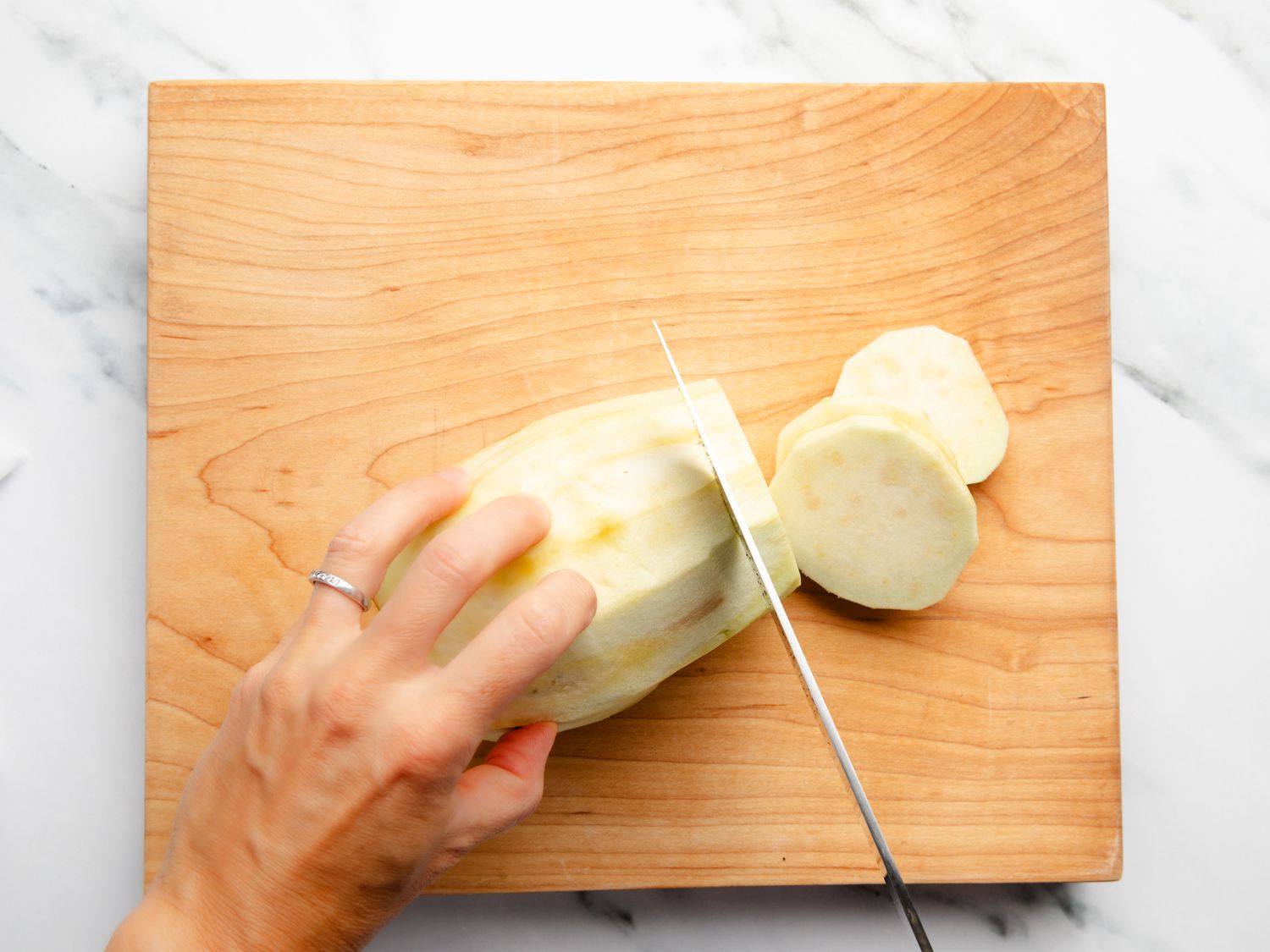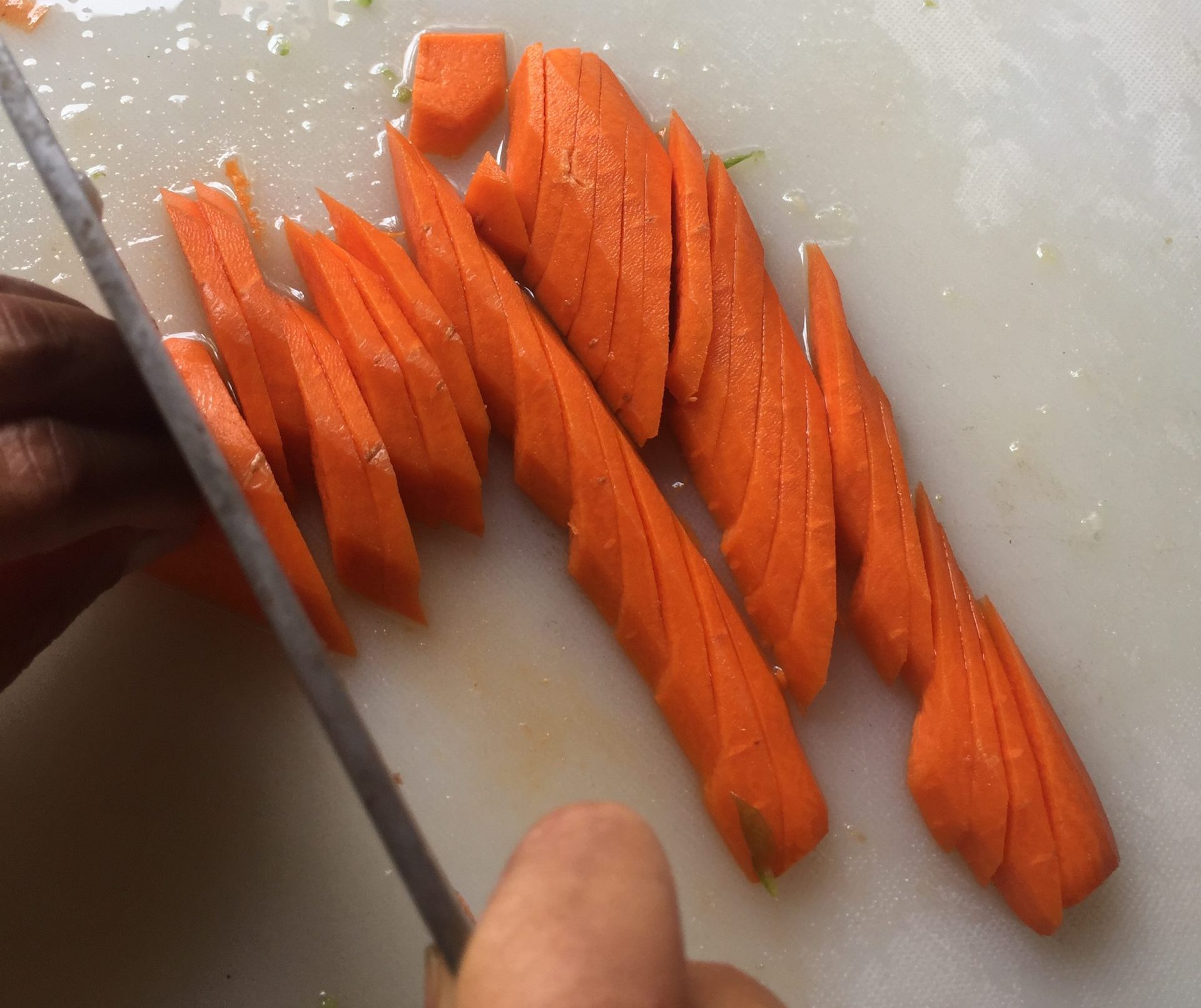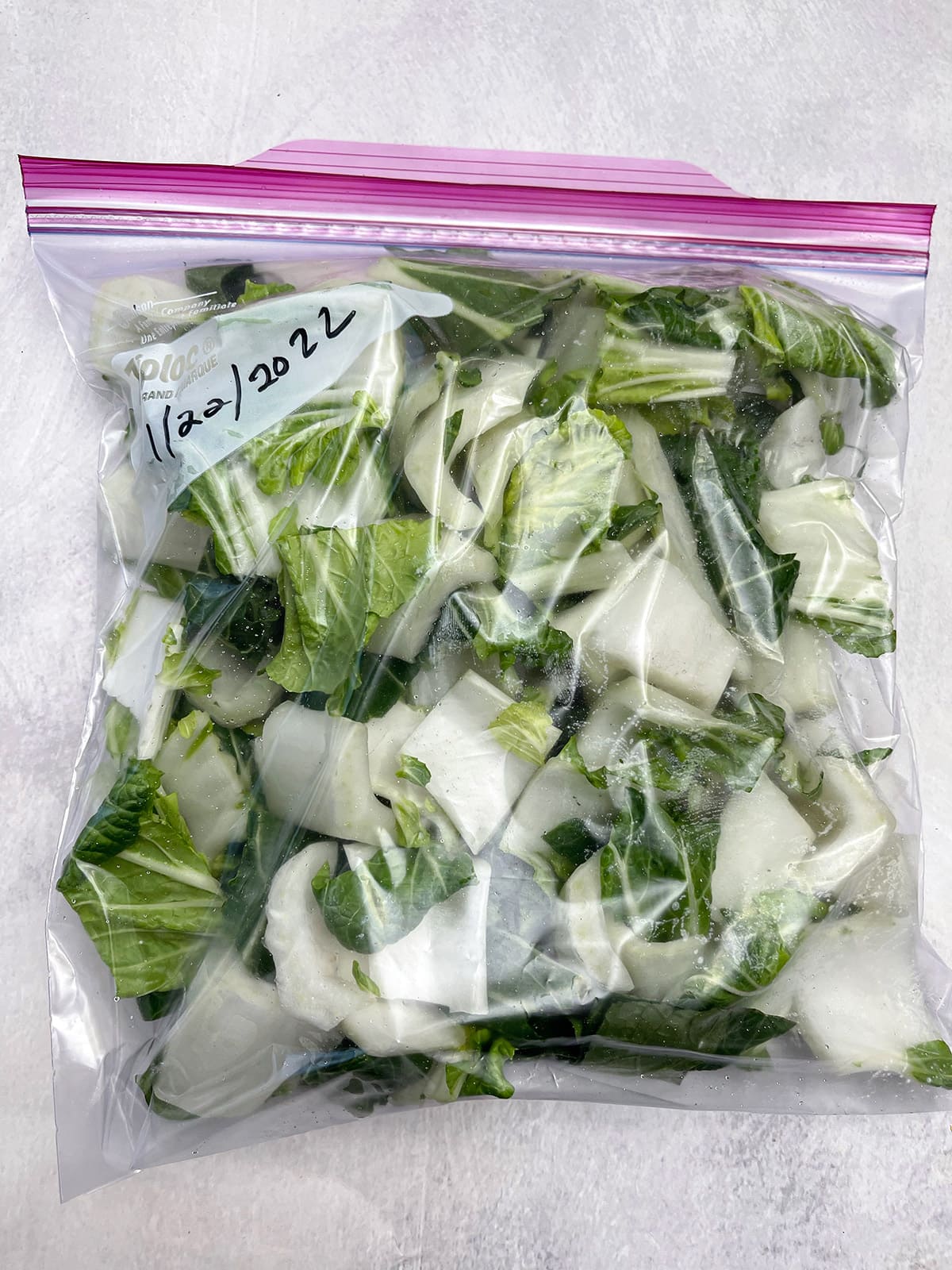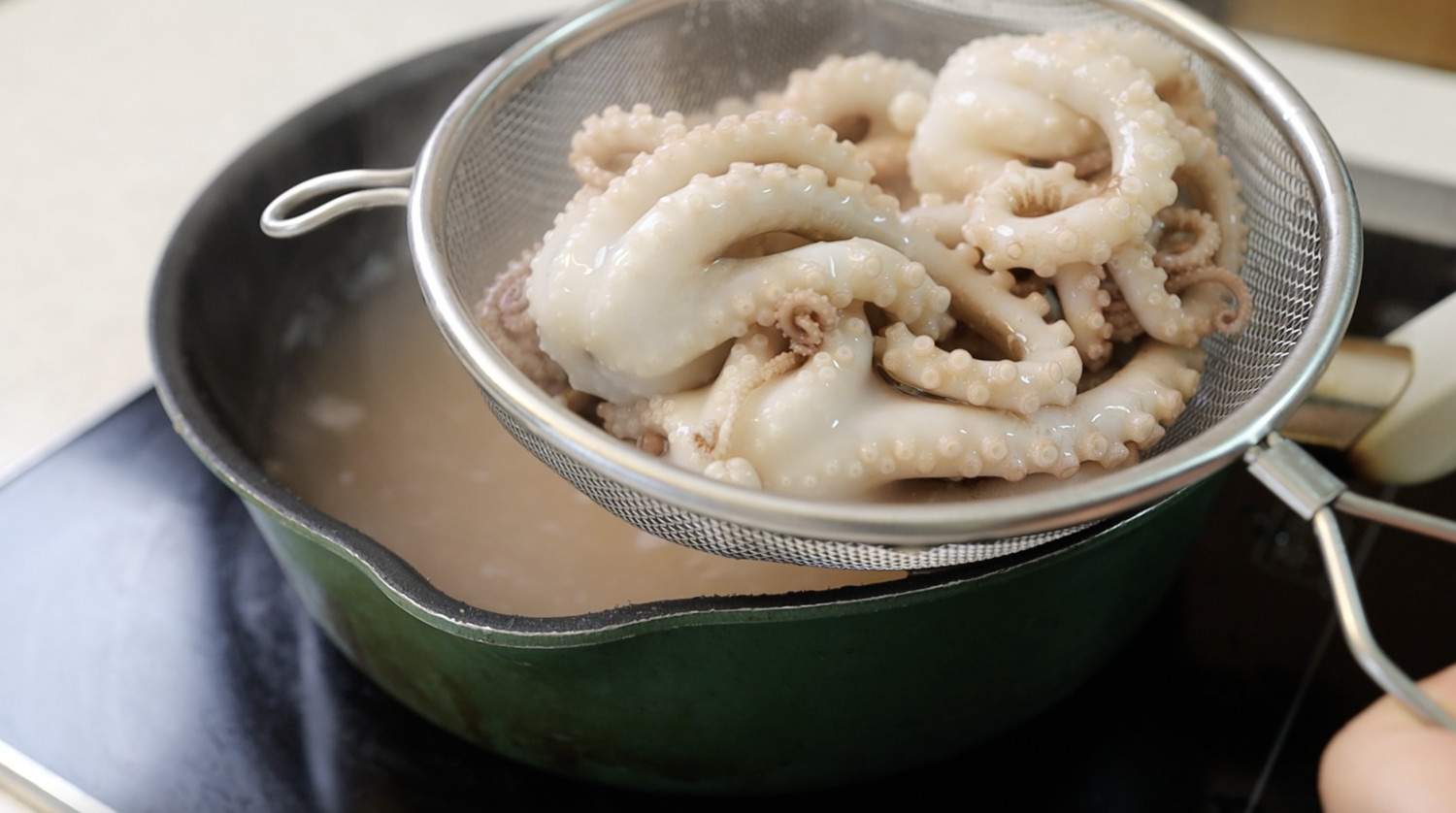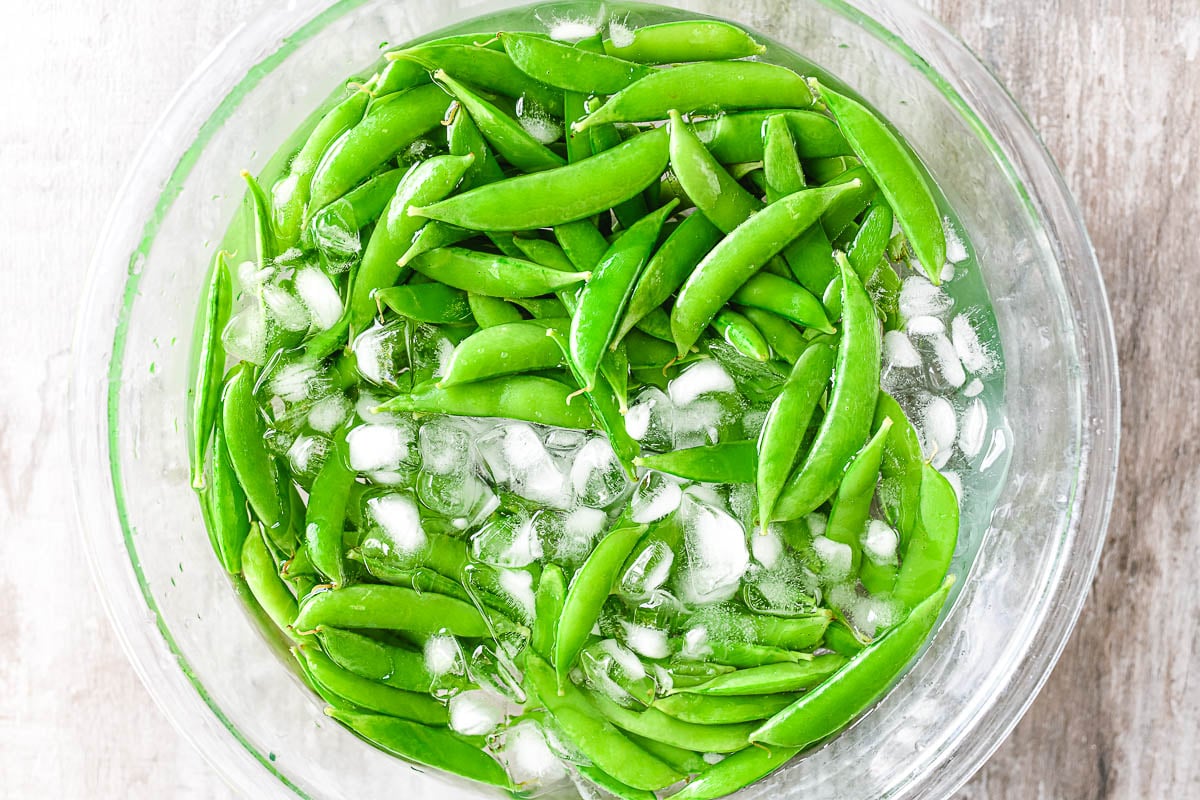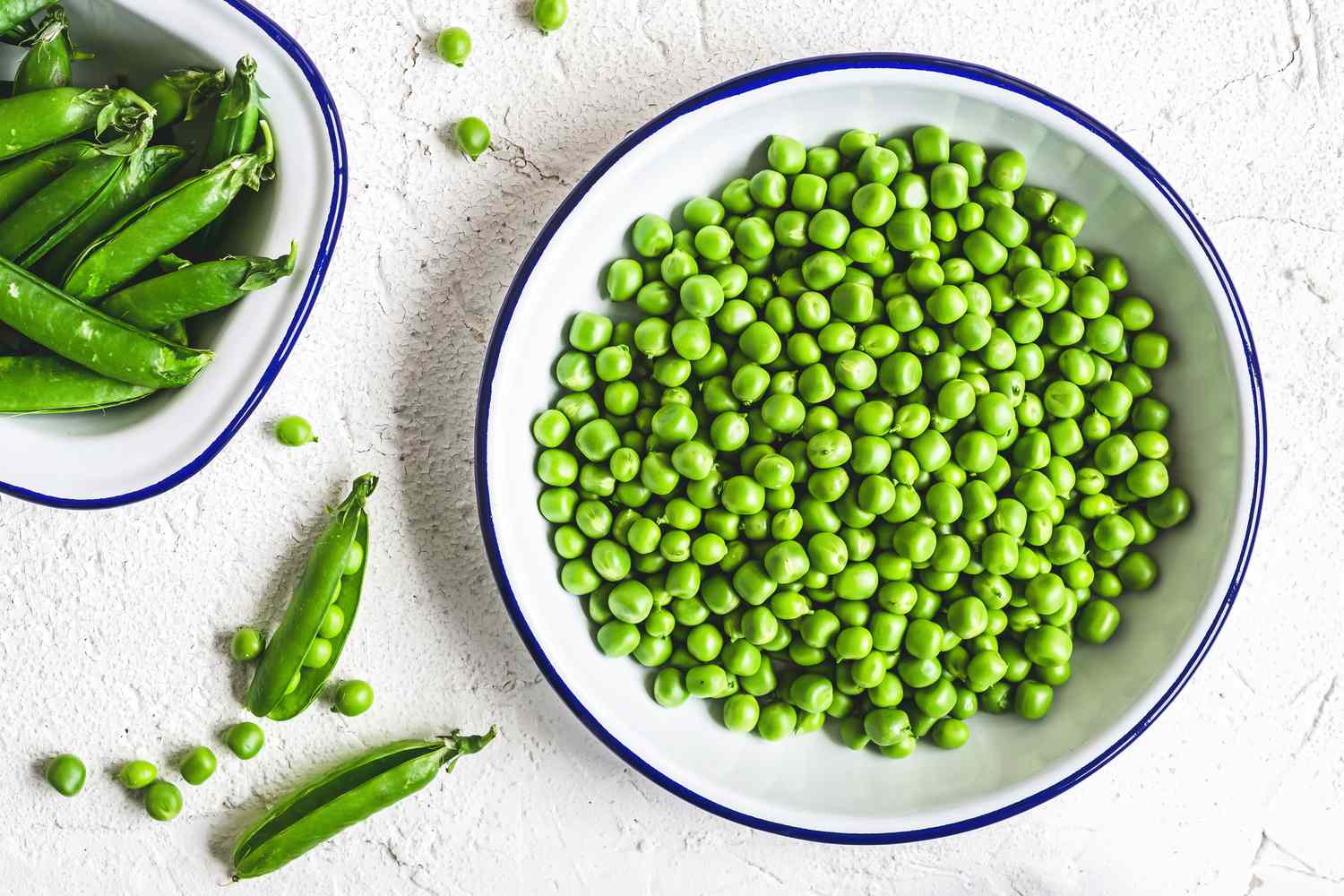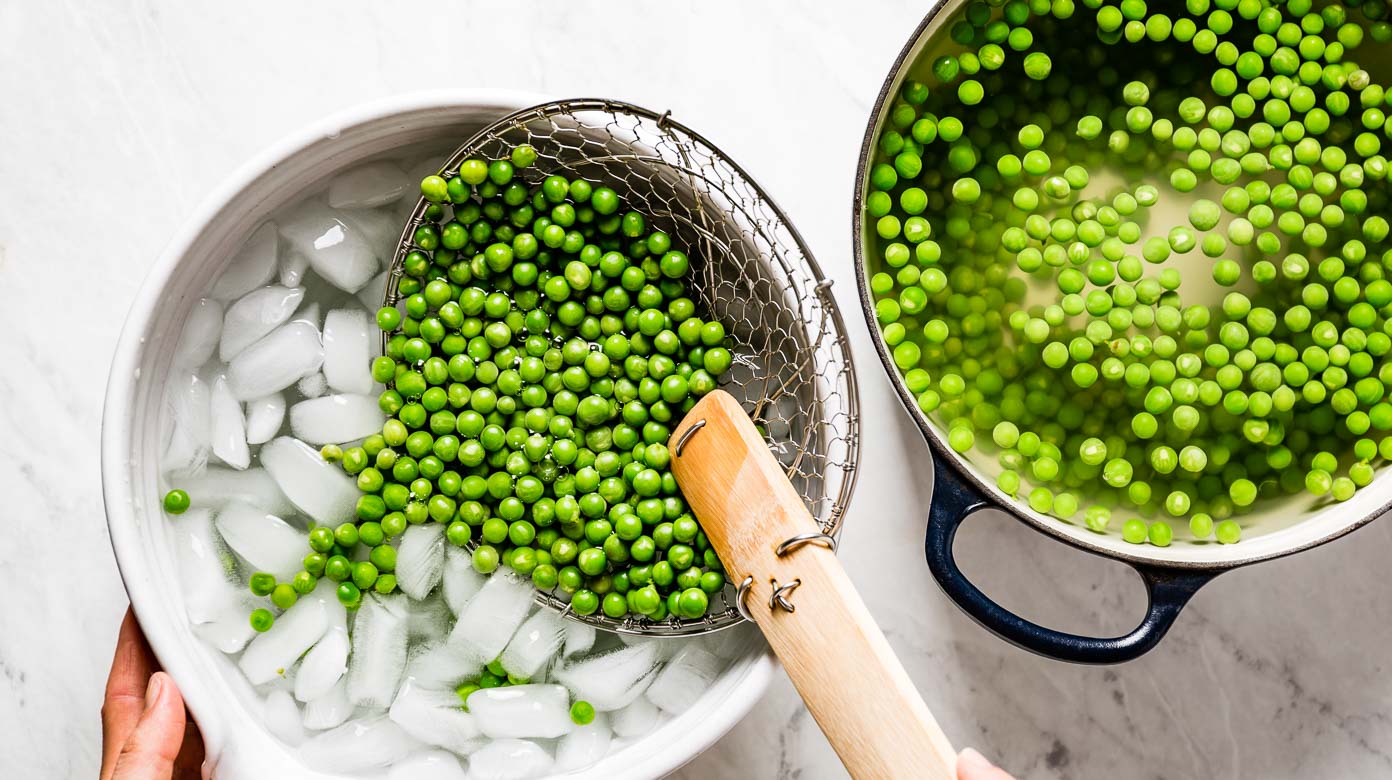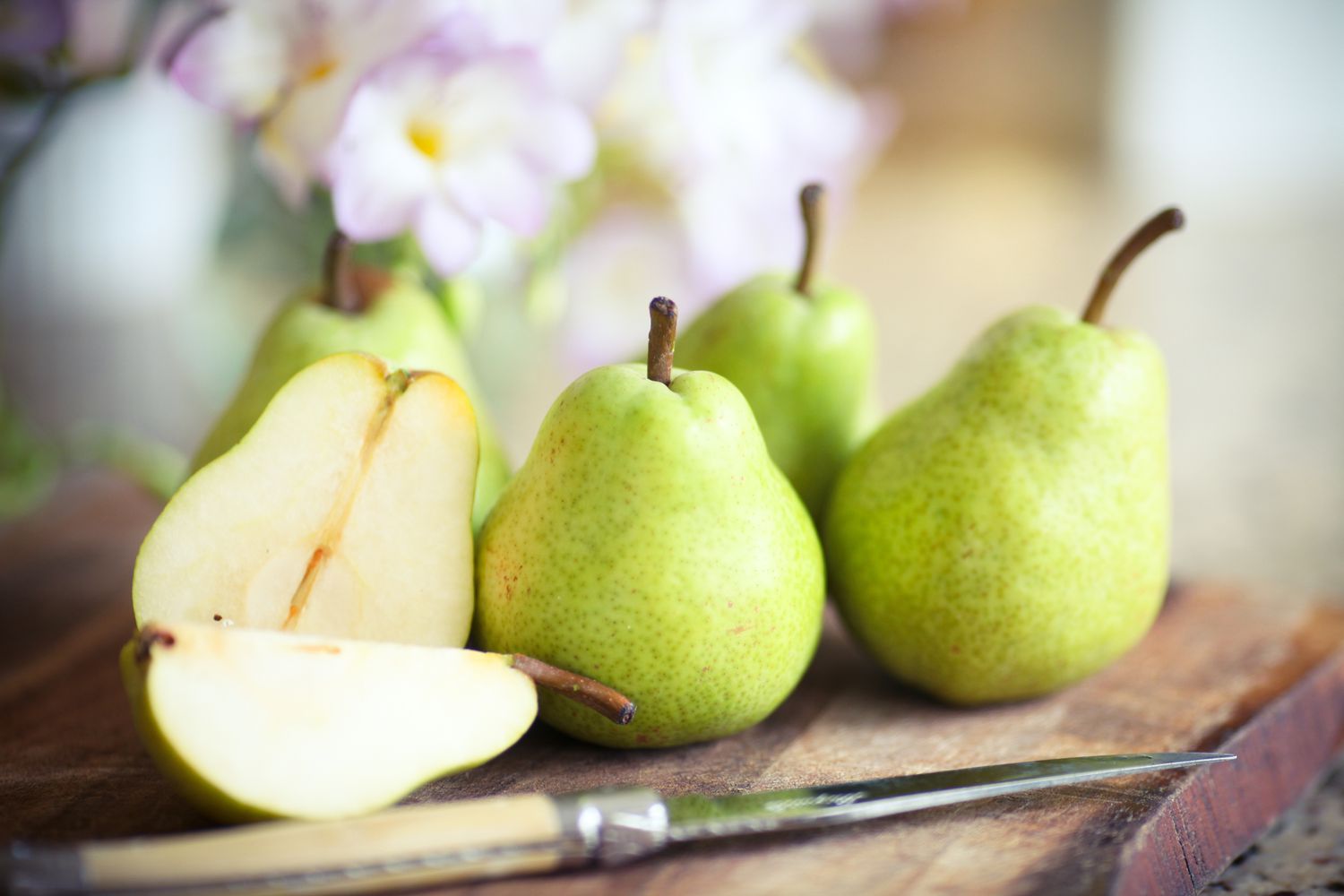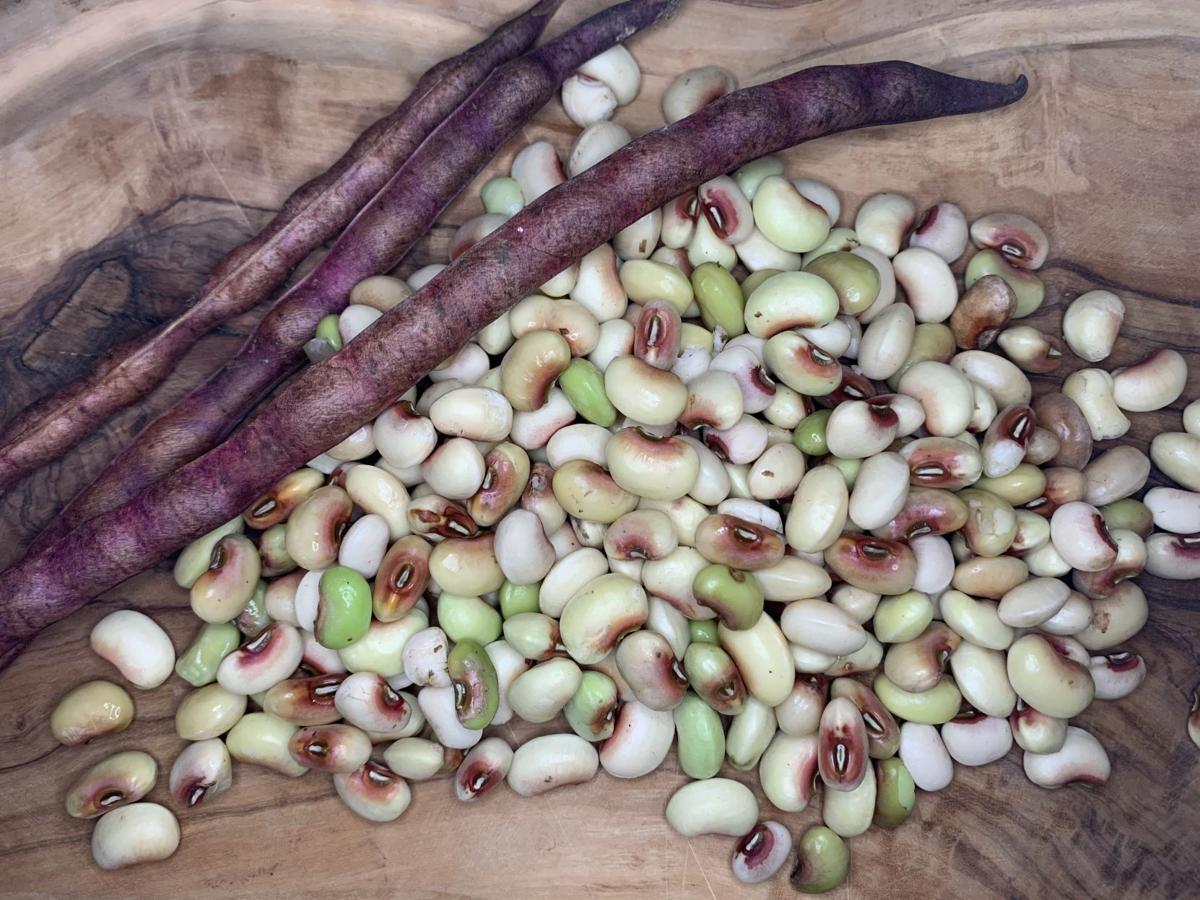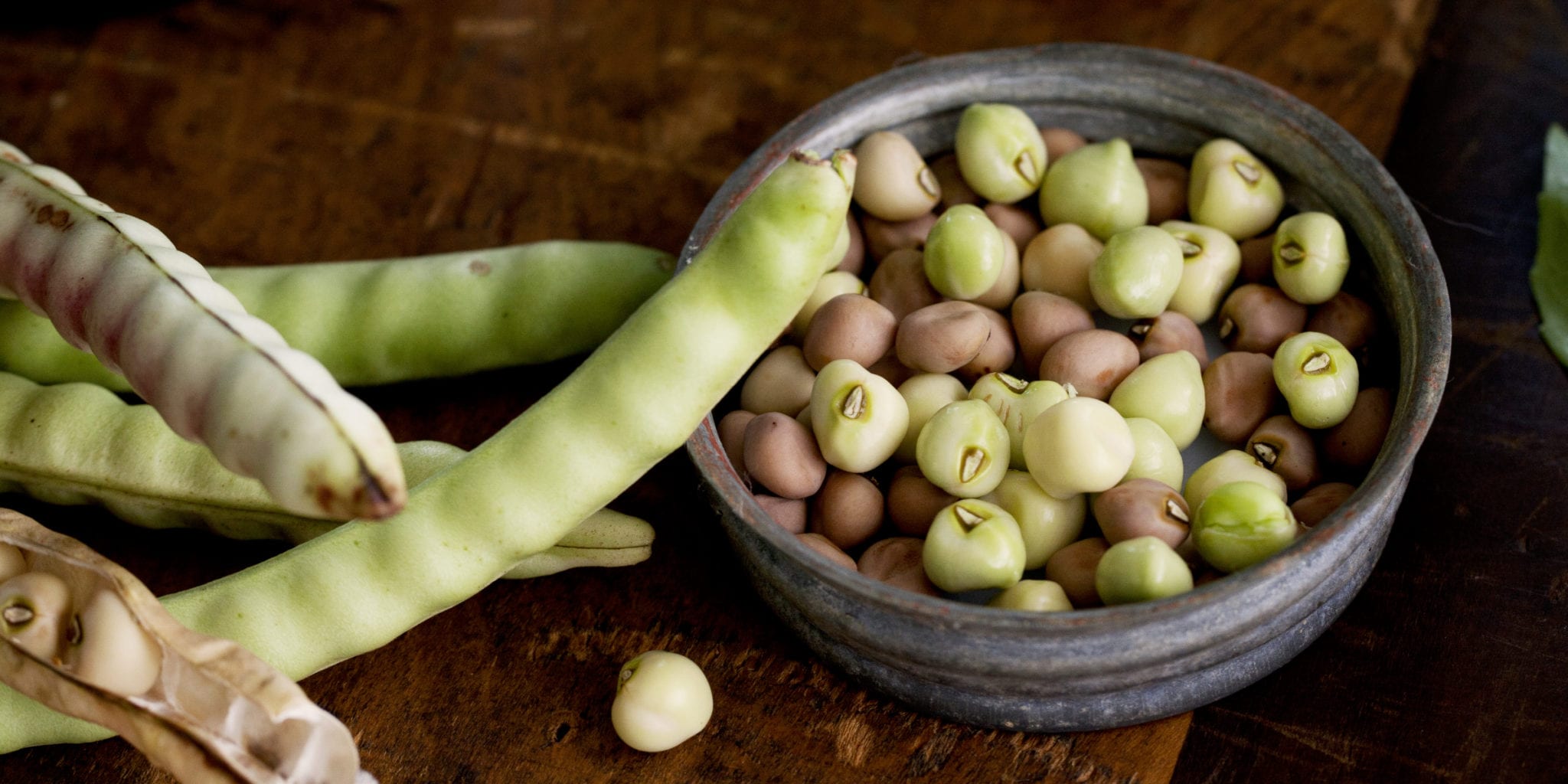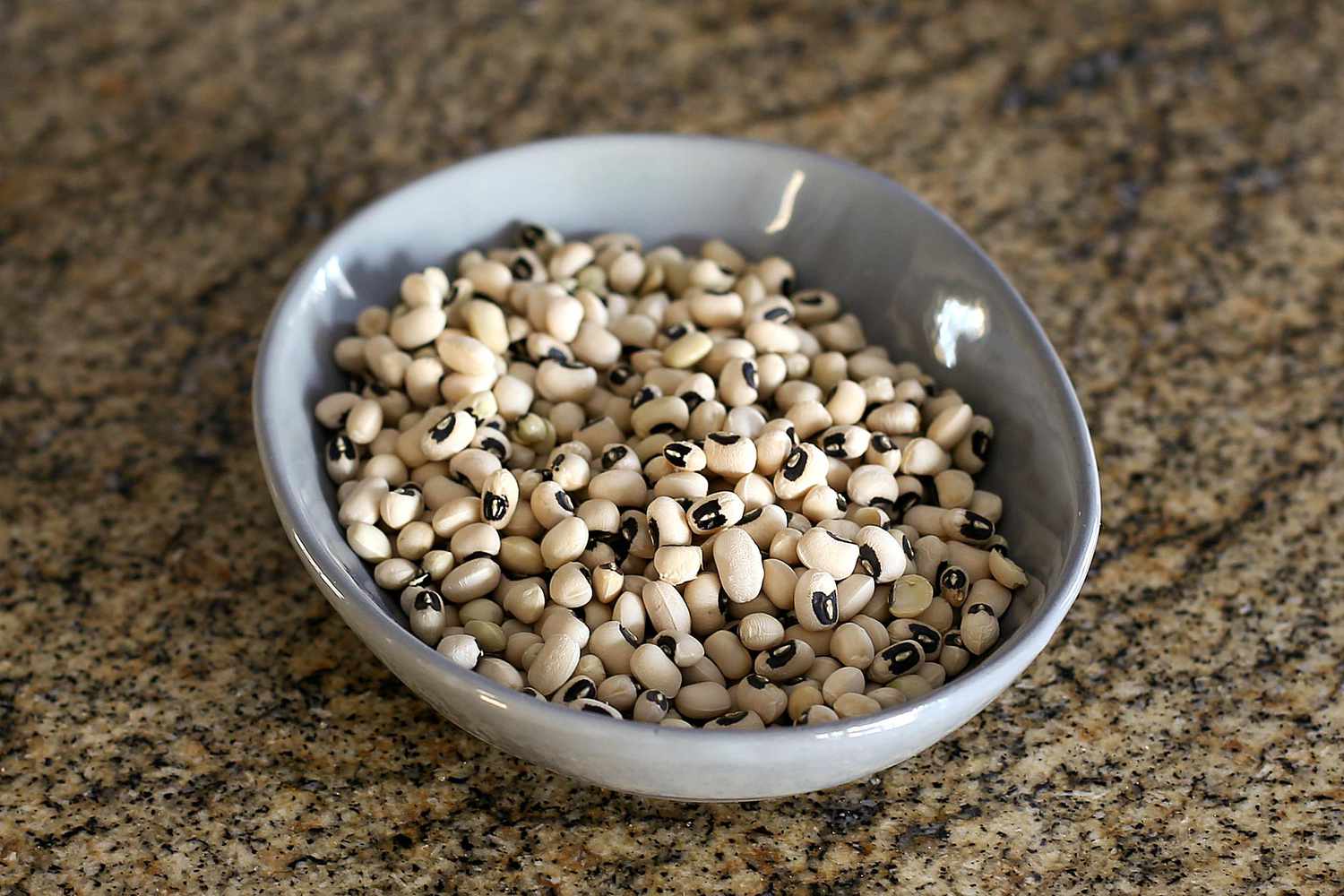Preserving Eggplant: How to Blanch and Freeze for Later Use
Are you looking for a way to enjoy the delicious taste of eggplant all year round? Freezing eggplant is a great way to preserve this versatile vegetable, and blanching it beforehand can help maintain its flavor, texture, and color. In this guide, we’ll walk you through the simple steps to blanch and freeze eggplant so you can enjoy it in your favorite dishes whenever you like.
Why Blanch Eggplant?
Blanching is a crucial step in the freezing process as it helps to stop enzyme actions that can cause loss of flavor, color, and texture in vegetables. When you blanch eggplant before freezing, you can help preserve its quality, making it taste as fresh as the day it was harvested.
Steps to Blanch Eggplant for Freezing
Follow these simple steps to blanch and freeze eggplant:
- Prepare the Eggplant: Start by washing the eggplant thoroughly under running water. Then, remove the stem and slice the eggplant into 1/2-inch rounds or cubes, depending on your preference.
- Blanch the Eggplant: Bring a large pot of water to a boil. While the water is heating up, fill a large bowl with ice water. Once the water is boiling, carefully add the eggplant slices or cubes to the pot. Let them cook for about 4-5 minutes, then quickly remove them and transfer to the ice water to stop the cooking process.
- Drain and Dry: After the eggplant has cooled in the ice water for a few minutes, drain them in a colander and pat them dry with paper towels to remove any excess moisture.
- Package for Freezing: Once the eggplant slices or cubes are dry, place them in airtight containers or freezer bags, removing as much air as possible before sealing. Be sure to label the containers with the date for future reference.
Best Practices for Freezing Eggplant
Here are some tips to ensure your frozen eggplant stays fresh and delicious:
- Use Freezer-Safe Containers: Make sure to use containers or bags specifically designed for freezing to prevent freezer burn and maintain the quality of the eggplant.
- Leave Room for Expansion: If using freezer bags, leave some room at the top to allow for expansion as the eggplant freezes.
- Label and Date: Properly label the containers with the contents and date to keep track of how long the eggplant has been in the freezer.
- Store at 0°F or Below: For best results, store the frozen eggplant at 0°F or below to maintain its quality and flavor.
Using Frozen Eggplant
When you’re ready to use your frozen eggplant, simply remove the desired amount from the freezer and thaw it in the refrigerator. You can then use it in your favorite recipes, such as eggplant parmesan, ratatouille, or stir-fries. Keep in mind that frozen eggplant may have a slightly softer texture than fresh, but it will still add wonderful flavor to your dishes.
In Conclusion
Blanching and freezing eggplant is a simple and effective way to preserve this delicious vegetable for later use. By following these steps and best practices, you can enjoy the taste of fresh eggplant in your meals throughout the year. Whether you have an abundance of eggplant from your garden or want to take advantage of a great deal at the market, freezing eggplant is a convenient way to make the most of this versatile ingredient.
The guide on how to blanch eggplant for freezing opens up a world of culinary possibilities. Using this technique, readers can prepare dishes like Eggplant Parmesan and Baba Ganoush, ensuring the eggplant retains its texture and flavor. For those who love hearty meals, Eggplant Lasagna and Eggplant Curry are must-tries, offering rich and comforting flavors. Additionally, Stuffed Eggplant and Eggplant Pizza are perfect for anyone looking for innovative meal ideas. With such a variety of recipes, there's something to suit every palate.
